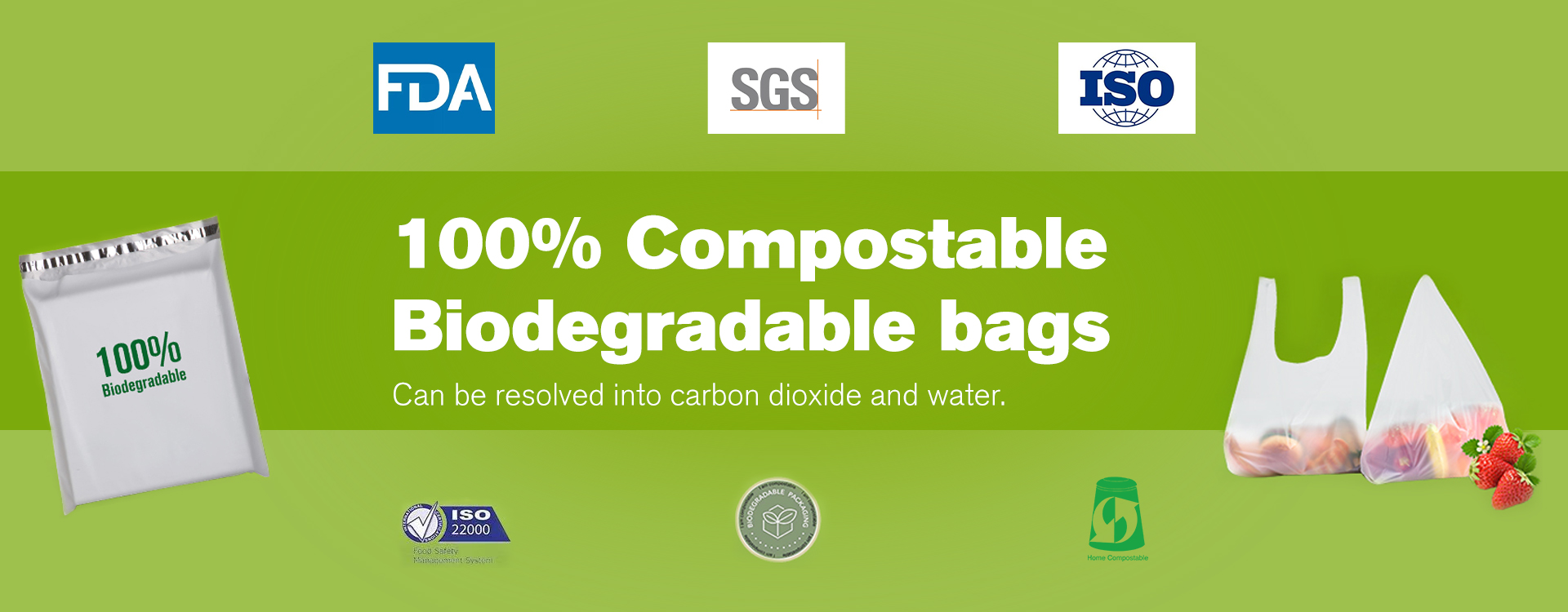Eco-Friendly Padded Envelopes for Sustainable Packaging Solutions
The Rise of Compostable Padded Envelopes A Sustainable Packaging Solution
In a world increasingly concerned with environmental sustainability, the need for innovative packaging solutions has never been greater. One such innovation that has garnered significant attention is compostable padded envelopes. These eco-friendly alternatives to traditional padded envelopes are designed to minimize environmental impact, reduce plastic waste, and promote sustainable practices in shipping and mailing.
What Are Compostable Padded Envelopes?
Compostable padded envelopes are made from biodegradable materials that can break down in composting conditions. Unlike standard padded envelopes, which are often lined with plastic or other non-biodegradable materials, compostable envelopes are constructed with materials like plant-based bioplastics, recycled paper, or natural fibers. This allows them to decompose naturally, returning valuable nutrients to the soil once they have served their purpose.
The Environmental Impact of Traditional Packaging
Traditional padded envelopes typically consist of plastic bubble wrap and non-recyclable materials, which contribute significantly to landfill waste. According to a report by the Environmental Protection Agency (EPA), packaging waste accounts for a substantial portion of the total waste generated. With millions of packages shipped every day, the environmental toll is substantial. Plastic waste not only occupies space in landfills but also leads to pollution in oceans and waterways, harming wildlife and ecosystems.
By contrast, compostable padded envelopes present a viable solution to these environmental challenges. When disposed of properly in a composting facility, they can break down within a few months, significantly reducing their impact on the environment.
Benefits of Compostable Padded Envelopes
1. Eco-Friendly The primary benefit of compostable padded envelopes is their reduced environmental footprint. They help minimize plastic waste and can be returned to the earth through composting.
compostable padded envelopes

3. Consumer Demand As more consumers prioritize sustainability, businesses that adopt compostable packaging can cater to this growing market demand. Offering eco-conscious packaging can enhance brand reputation and customer loyalty.
4. Versatility Compostable padded envelopes come in various sizes and styles, making them suitable for a wide range of products, from small electronics to clothing. Their padded interiors provide protection during transit, just like traditional options.
5. Compliance with Regulations With increasing regulations on single-use plastics and packaging waste, companies using compostable envelopes are better positioned to comply with local and international environmental standards.
Challenges and Considerations
While compostable padded envelopes offer many advantages, there are some challenges to consider. The composting process requires specific conditions, often found only in industrial composting facilities, which not all consumers have access to. This raises questions about the proper disposal of these envelopes and the need for public education on composting.
Furthermore, the cost of compostable materials can be higher than that of traditional plastic-based options. Businesses may need to weigh the upfront costs against the long-term benefits of sustainability and customer satisfaction.
Conclusion
Compostable padded envelopes are paving the way for a more sustainable future in the packaging industry. As awareness of environmental issues continues to grow, both consumers and businesses are increasingly seeking eco-friendly alternatives. By embracing compostable solutions, we can collectively work towards reducing waste, protecting our planet, and fostering a culture of sustainability. The transition may require effort and adaptation, but the benefits for our environment and future generations are undoubtedly worth it.
-
The Best Uses for Small Trash Bags in Daily LifeNewsJul.01,2025
-
Stylish Reusable Grocery Bags TrendsNewsJul.01,2025
-
Shipping Advantages of Using Bubble Envelopes BulkNewsJul.01,2025
-
How Compostable Mailing Bags Reduce Environmental ImpactNewsJul.01,2025
-
Environmentally - Friendly Bulk Poly MailersNewsJul.01,2025
-
Eco Friendly Custom Laminated Tote BagsNewsJul.01,2025
-
Have the freedom of customizing your custom mailers any way you want! Our dedicated packaging support will help deliver you the mailing experience you need to elevate your shipping experience to the next level! Start making a strong impression on your customers and stand out from your competitors! -
LIYA uses high quality raw materials which directly purchased from large enterprises domestic and overseas such as PetroChina, Sinopec, Sabic, Equate, ExxonMobil, Dow Chemical, Total, and Borouge, ensuring the price advantage and quality of the raw materials. -
LIYA uses high quality raw materials which directly purchased from large enterprises domestic and overseas such as PetroChina, Sinopec, Sabic, Equate, ExxonMobil, Dow Chemical, Total, and Borouge, ensuring the price advantage and quality of the raw materials.





